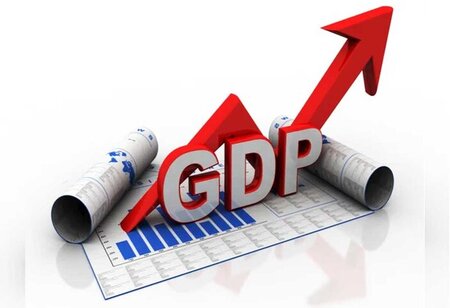
According to the Economist Intelligence Unit (EIU), Asia is expected to account for three-fifths of global GDP growth next year, higher than the pre-pandemic average, with the region's economic growth softening to 3.9 percent from an estimated 4 percent in 2023, with tighter monetary and fiscal policy acting as an impediment to faster expansion.
Despite greater geopolitical and economic risks, EIU's Asia Outlook 2024 predicts that Asia will remain the primary destination for growth prospects. As markets seek alternatives to Chinese supply, Southeast Asia's standing as a manufacturer of green equipment will rise. However, it will face global competition, and its exports may encounter unwelcome regulatory interventions.
Though the US could maintain its strategic focus on Asia in the aftermath of Russia's invasion of Ukraine, it will be more difficult to do so now that conflict has erupted in the Middle East, according to the research. China is predicted to contribute two percentage points of regional growth (or slightly more than half the total) in 2024 within Asia. The contribution is lower than the historical average, but it is still significant.
In comparison, India is expected to contribute 0.6 percentage point or 15%, the second largest for a single market, with South-east Asia (headed by Indonesia) contributing somewhat less. Despite increased investor interest in their manufacturing potential and consumer markets, these markets' contributions are not increasing considerably relative to the historical pattern, according to the EIT research.
Smaller emerging markets in the region offer the strongest chances to capitalize on catch-up growth. Bangladesh, Indonesia, Vietnam, Malaysia, and, to a lesser extent, the Philippines are expected to expand faster in the medium term, approaching the GDP per head levels of established Asian countries such as Japan, Singapore, and South Korea.
India, on the other hand, is expected to deviate from the catch-up trend due to slower-than-historical-average growth.
The Association of South-East Asian Nations (ASEAN) members appear prepared to play an increasingly important role as manufacturing hubs. Because of its lower costs, Southeast Asia is a natural alternative to Chinese green products.
However, the ASEAN area would face competition in low-cost manufacturing from India, which is offering its own incentives through its Production Linked Incentive Scheme, according to the paper.

